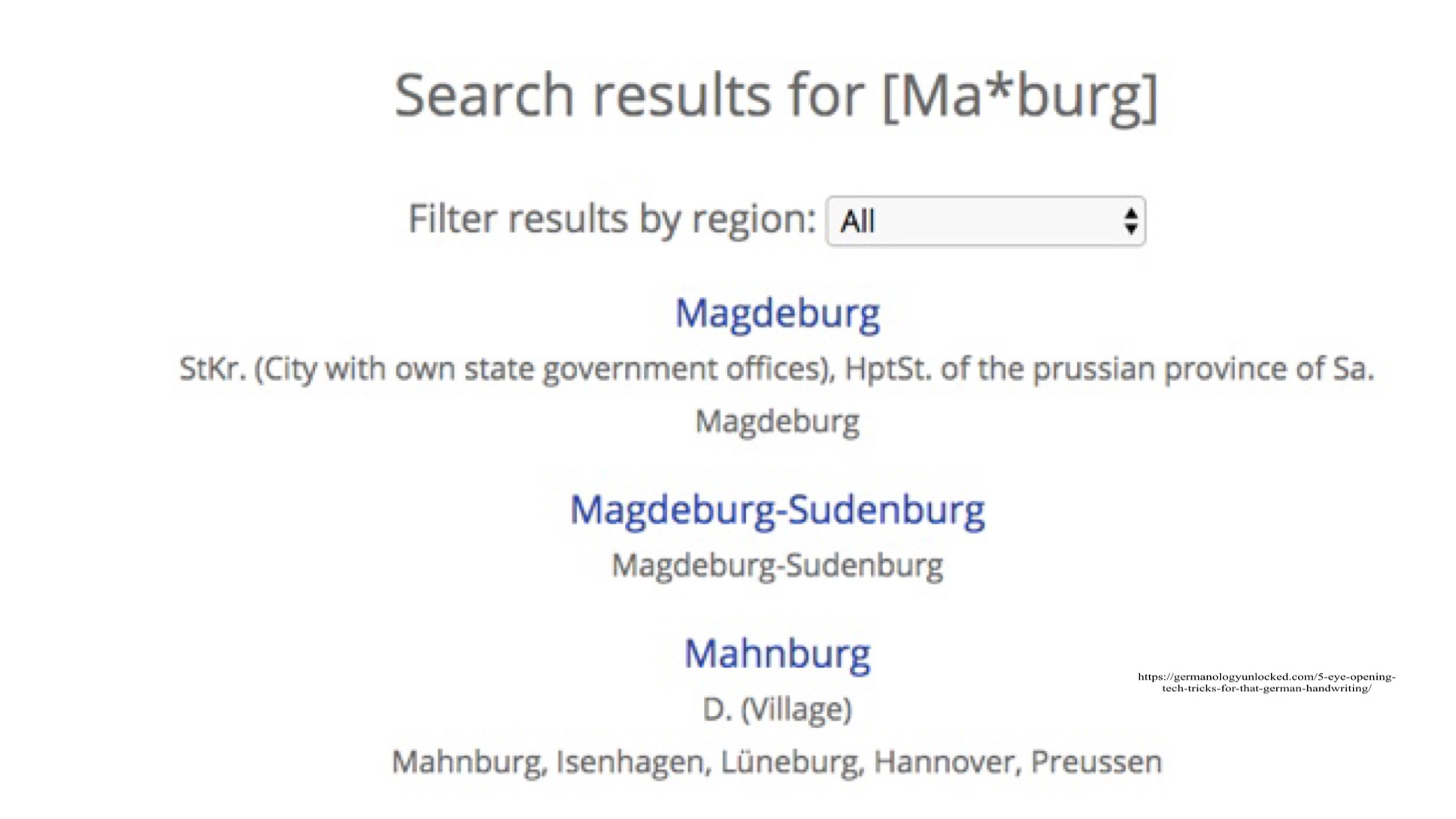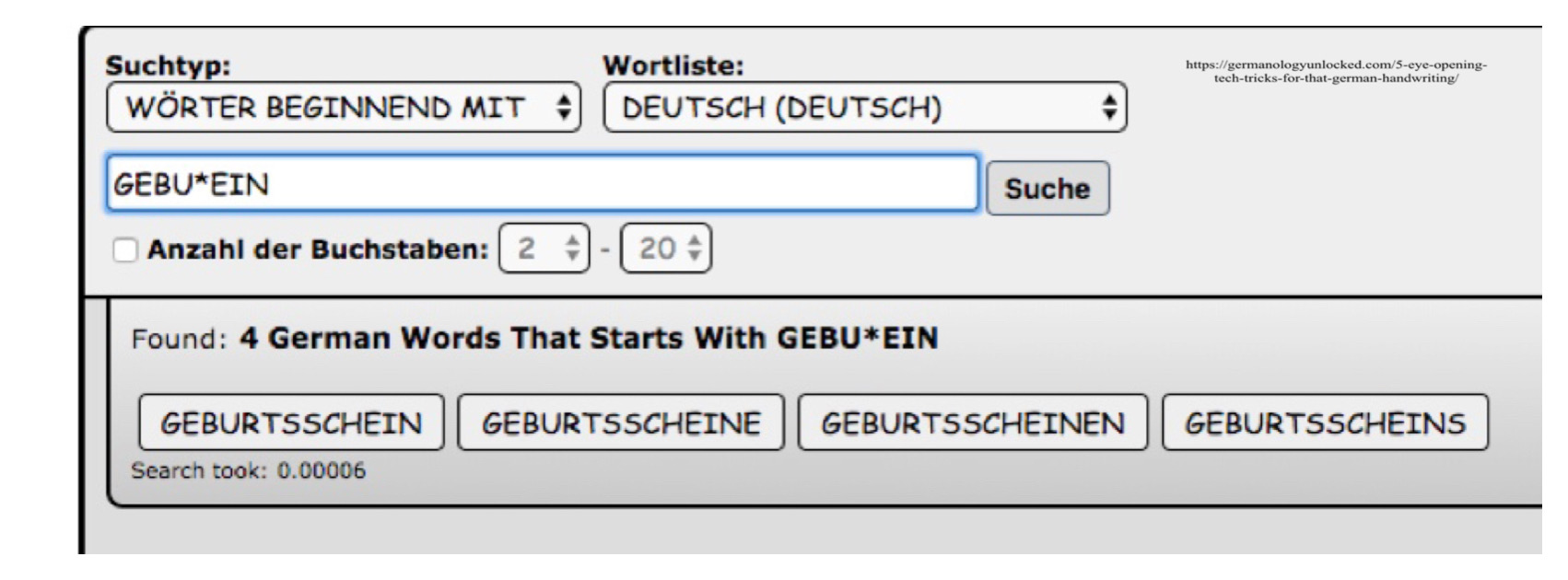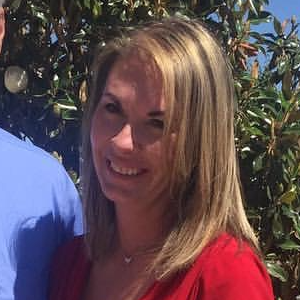Do you have German ancestry? If you do you have more than likely run into issues with translating. Maybe it is the handwriting, or abbreviations and it is definitely the language if you do not know German. I would get so frustrated I even asked my husband, who picks up languages easily, to learn German for me. Desperate times call for desperate measures. This was all in the beginning of my genealogy journey and now after time, trial and error I have learned some tactics to help me decipher the information I find. Hopefully these tips will help you decipher those old German handwritten documents.
First, have you tried using spell check in Microsoft Word? You can change the “Spelling and Grammar Check Language” to German. Once this is done you can type the German word in. Many times when we try to transcribe handwritten documents we may put in a wrong letter. However, using this technique, if a red line pops up under the word you know it isn’t a German word (there are always exceptions). You can then right click to get a list of words and type them into an online dictionary to see what the word means and if any of them fit the document you are working on.
Have you had trouble deciphering what town your ancestor came from? Have you tried using the Meyers Gazetteer? This site has a collection of German cities, towns, villages and more from pre-World War 1. Since it is pre-WWI there will also be places that are in today’s Poland, France, and other areas that were once Germany. If you find a city in some paperwork and you can only make out some of the letters, on Meyers Gazetteer, you type in the letters you know and put asterisks where you are not sure what the letter is. Then you will get a list of all the towns it could be. You can also narrow your search by filtering by the region found at the top of the document.

Have you ever used “Word Mine”? Once again you use what letters you have and put asterisks for the ones you are not sure of. You can select “words beginning with” or “words ending with.” If you get too many results you can click the “number of letters” and put the number of letters you think it is. Handwriting is hard to decipher so you can always put +/- 1 number just to be sure. Hopefully after looking at the words given to you at Word Mine you can compare and find the right word.
There are also a few websites where you can put abbreviations to find what the word is. One is http://www.abkuerzungen.de/ and the other is https://abkuerzungen.woxikon.de/ Another great resource for Old German Script is at the Brigham Young University site where they have great examples and tutorials. https://script.byu.edu/Pages/the-german-documents-pages/the-german-documents(english). Never forget that there is always the option of just typing the word into a search engine and see what pops up. But make sure the translation matches the type of record you have.
This list of tools you can use online should give you a good footing to find any words you run into while trying to translate your German ancestors' record. Of course, if more help is needed there are online courses you can take. You can even feel free to ask us any questions you may have. We are trained in paleography including the US, England/UK, Scandinavia, as well as Germany. And we know German particularly as it relates to genealogy.
We can help
If you need any help finding your ancestors, just let us know.


